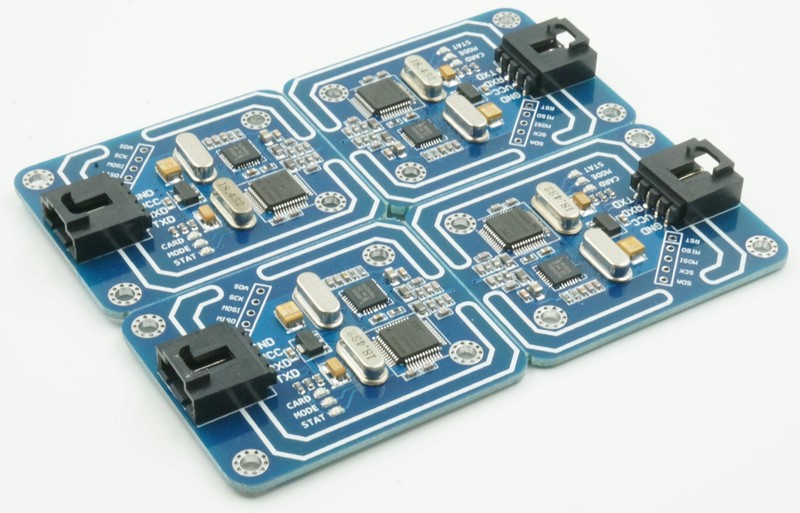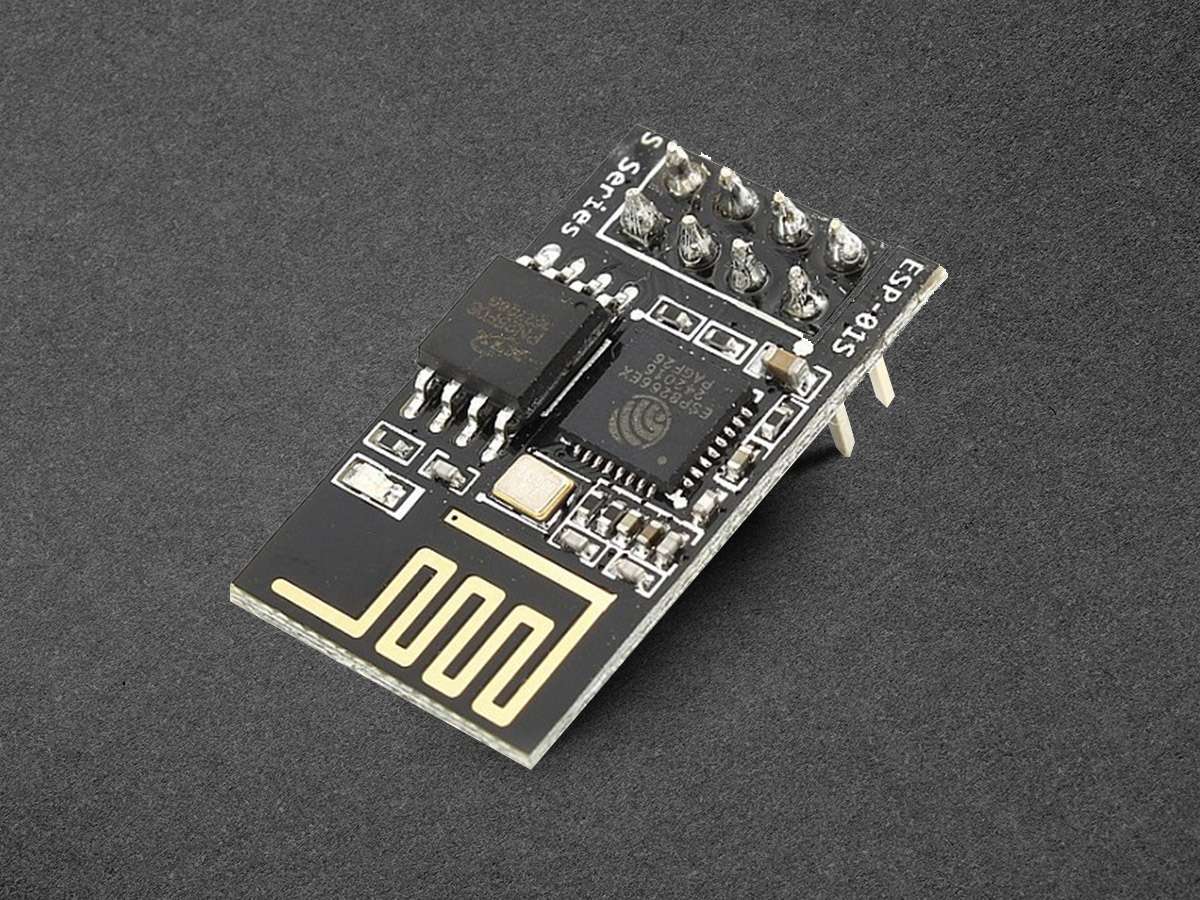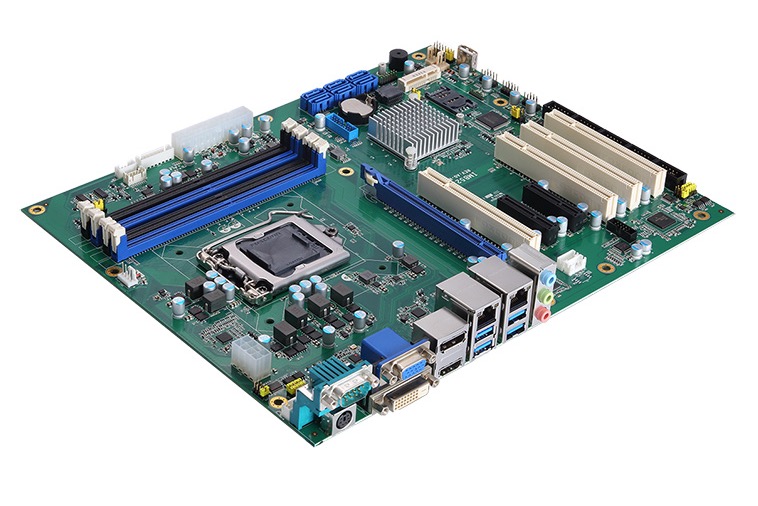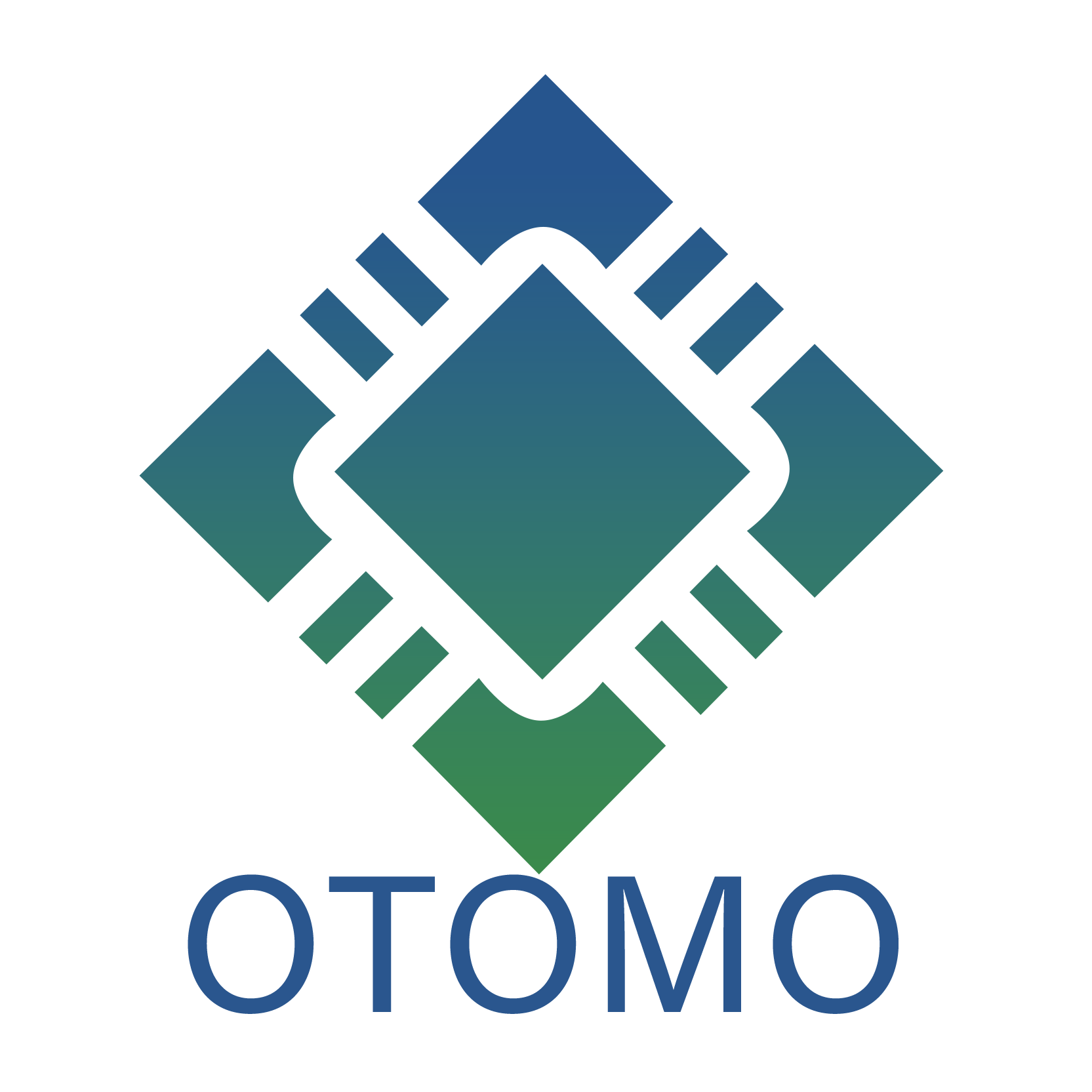Smart home modules are no longer niche products for tech enthusiasts. They are rapidly becoming the standard in home automation systems. From thermostats to lighting and security, these modules offer users seamless control and automation. However, as the smart home ecosystem expands, interoperability has become a pressing challenge. Enter Matter and Thread—two technologies aimed at solving fragmentation issues. Matter is a universal connectivity standard backed by giants like Apple, Google, and Amazon. Thread, on the other hand, is a low-power mesh networking protocol designed for smart home environments. Combined, these standards promise to transform smart home modules into truly future-proof devices.
Understanding Matter as a Universal Language
Matter functions as a standard communication protocol that enables smart devices from different manufacturers to communicate with each other. This eliminates the need for multiple hubs, ensuring a consistent user experience across all platforms. For developers and manufacturers of smart home modules, this means reduced complexity and increased market reach.
Furthermore, Matter’s use of IP (Internet Protocol) allows it to run on existing network infrastructure. This compatibility not only streamlines setup but also improves the reliability of wireless module performance. Consumers benefit through simplified installations, while manufacturers enjoy lower development and support costs.
Thread’s Role in Enabling Robust Mesh Networks
Unlike Wi-Fi or Bluetooth, Thread was designed specifically for connected devices within the home. It creates a self-healing mesh network where each device helps relay data to other devices. This ensures strong, consistent connections, even if one module fails.
For smart home modules, this means enhanced resilience and better energy efficiency. Thread’s low-power design is ideal for battery-operated wireless modules, making it an excellent backbone for long-term smart deployments. Together with Matter, Thread creates a foundation that’s both reliable and scalable.
Why Future Proofing Matters in Smart Home Investments
The smart home landscape changes quickly. What’s cutting-edge today could become obsolete tomorrow. Future-proofing a smart home module is crucial to prevent costly replacements and ensure ongoing functionality.
With Matter and Thread readiness, innovative modules gain adaptability. They can integrate with new platforms as they emerge, keeping devices functional over time. For users, this translates to a safer investment. For manufacturers, it opens the door to sustainable product lines.
Integrating Wireless Module Technology with Matter and Thread
Wireless modules are the backbone of intelligent connectivity. Whether embedded in thermostats, locks, or light switches, they determine how well devices communicate. Matter and Thread compatibility requires wireless modules to meet new performance and security standards.
Engineers must select wireless modules that support IPv6, mesh networking, and over-the-air updates. These capabilities ensure that smart home modules stay updated and secure. Furthermore, interoperability becomes a reality, not just a promise.
Security and Privacy in a Thread-Matter Environment
With increased connectivity comes greater security risk. Matter and Thread were designed with encryption, authentication, and user control in mind. This creates a secure foundation for any smart home network.
Smart home modules that comply with these standards gain user trust. They reduce the attack surface and prevent unauthorised access. Manufacturers must build robust firmware and conduct rigorous testing to meet these high security benchmarks.
The Role of Industry Standards and Certification
Compliance isn’t optional. Certification from the Connectivity Standards Alliance (CSA) is mandatory for any product using Matter. For smart home modules, this certification proves reliability and interoperability.
Moreover, certified modules gain easier access to retail channels and gain credibility in the eyes of consumers. Wireless module vendors must work closely with testing labs and compliance partners to ensure a smooth certification process.

Developer Ecosystems and Open-Source Support
One significant advantage of Matter and Thread is the robust developer support it offers. Open-source SDKs and testing tools accelerate innovation. Developers can now build smart home modules with confidence, knowing they won’t be locked into proprietary ecosystems.
This open approach reduces development time and encourages third-party innovation. As a result, users benefit from more features, better prices, and faster updates. The developer community becomes a key pillar in the future of the smart home.
Combining Matter and Thread to create a smart home module
In conclusion, Matter and Thread readiness are crucial for developing reliable and future-proof smart home modules. These technologies address critical issues such as interoperability, security, and power efficiency. Manufacturers who adopt these standards early will be better positioned to meet market demands.







